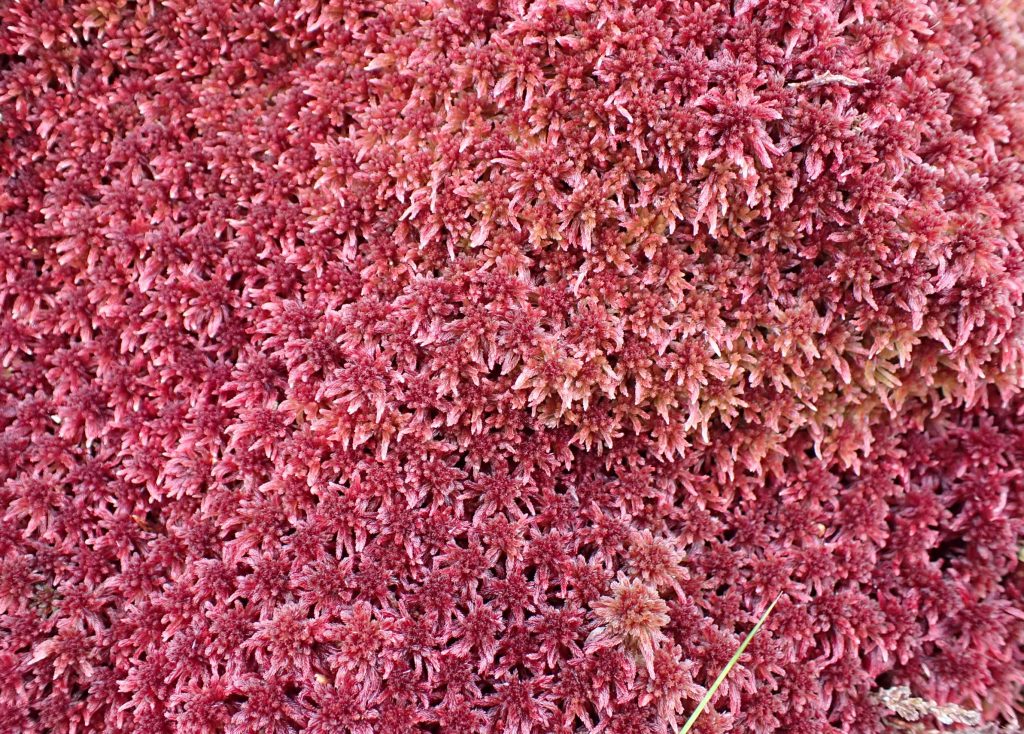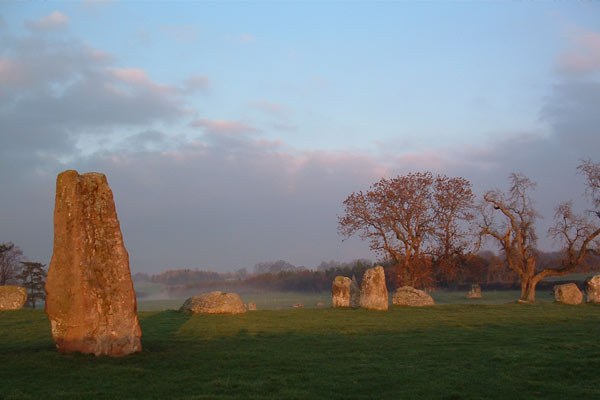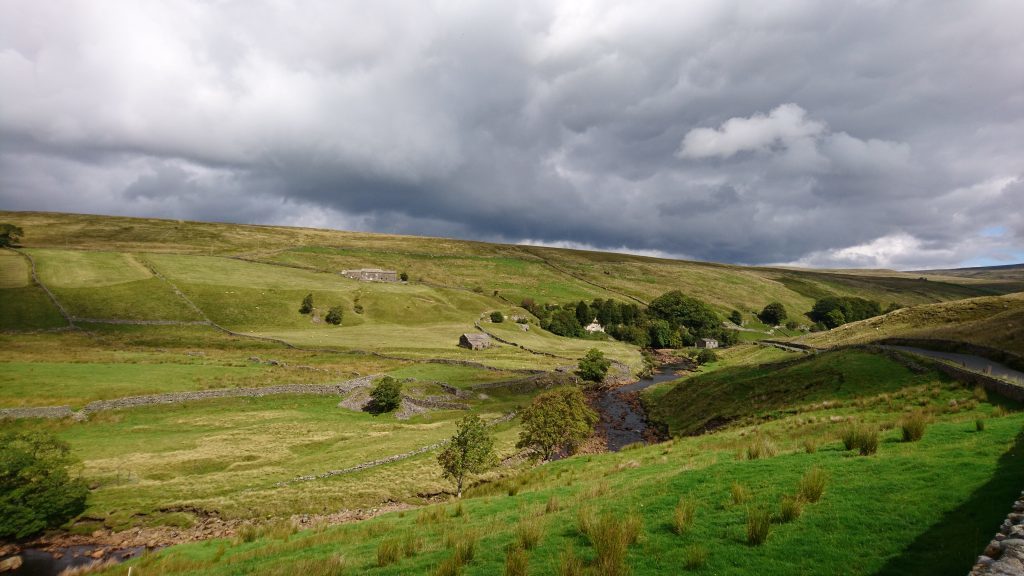What’s special
Birds of the high moors
Birds of the high moors
For much of the year the blanket bog and heather moorland of the high moors and summit plateaux of the North Pennines are bleak and windswept places where few birds are seen. There is one exception, however…
The red grouse is truly hardy and lives year round on heather moorland. Feeding almost exclusively on the growing tips of heather plants, red grouse are able to find food and survive in even the harshest winter conditions. Many of the North Pennines heather moorlands are managed as commercial grouse moors and have been for hundreds of years. In order to provide ideal conditions for red grouse, moorland managers burn patches or strips of heather on a regular rotation to stimulate the production of new growth and hence food for the grouse. This often results in a characteristic patchwork effect of long and short heather and newly burned areas.
Springtime action
During the spring and summer the resident red grouse are joined by a throng of other birds who bring the high moors to life with their dramatic and evocative songs and displays. Two species of wading bird breed almost exclusively on the high moors. Dunlin are a rare and elusive breeding species in the North Pennines. These tiny waders breed only on the highest plateaux as their favoured nest sites are on blanket bog. Here the abundant peaty pools provide an early summer flush of tiny insects and other invertebrates on which the dunlin chicks feed.
Golden plover are a larger and more abundant breeding wader. They too nest on blanket bog but also favour drier areas of heather moorland. Indeed, areas of recently burned heather often support high densities of nesting golden plover in the North Pennines. Like most birds, golden plover are extremely vigilant in the vicinity of their nest. Their alarm call is a fluting “peep” generally given from a small rise in the ground from which they then slip away often unseen. With its black face and breast and gold spangled back, a golden plover in breeding plumage makes an impressive sight and one worth quietly persevering for.
The meadow pipit is a diminutive but highly significant species of the high moors and open grasslands of the North Pennines. In spring and summer the high-pitched calls and activity of this species give a sense of life and action to even the quietest day. The display of the meadow pipit is dramatic for such a small bird. Calling repetitively, they fly high above their breeding territory, then fan out their wings and flutter down in what is known as a “parachute display”.
Birds of prey
The presence of meadow pipits on heather moorland is important as they are the main prey of the merlin, Britain’s smallest bird of prey. This compact, dashing falcon spends the summer on upland moorland, nesting in patches of long heather. The North Pennines supports 12% of Britain’s breeding merlins. Despite this, they are elusive birds and often all that is seen of them is a small dark shape flying low and fast over the heather and away.
The hen harrier is another bird of prey that breeds almost exclusively on heather moorland. These stunning birds remain very rare in the North Pennines and have not bred successfully here since 2009.
Another predatory bird to nest on moorland is the short-eared owl. These are one of the easier of Britain’s owl species to see for they hunt partly during the day, their main prey being voles which are abundant on grassy moorland. Short-eared owls fly with slow, almost stiff wing beats as they quarter the moor looking for their prey. They regularly perch at an angle on fence posts and can be seen glaring around them with piercing yellow eyes.











